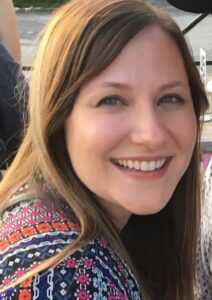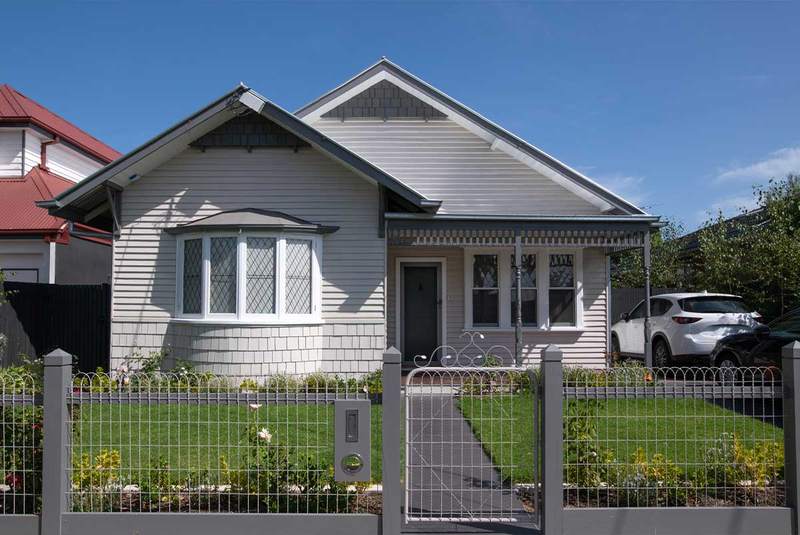Effective Nov. 16, 2025, both Fannie Mae and Freddie Mac no longer require a specific minimum credit score for conventional loan approval. Instead, loan decisions will be based on an analysis of overall credit risk factors.
If you’re like many people, you may not have the funds to make a 20% down payment on a new house. That’s where mortgage insurance comes in. Mortgage insurance allows you to purchase a home with a smaller down payment. Of course, with any insurance, there is a price tag.
So, how long do you need to pay before you can consider mortgage insurance removal?
Are You Eligible For Mortgage Insurance Removal?
When purchasing a home, depending on how much you can put towards your down payment, you may be required to have mortgage insurance. There are two common types of insurance – PMI and MIP. These premiums are paid to help cover some of the lender’s losses if a borrower defaults.
Private mortgage insurance (PMI) is associated with conventional loans, while mortgage insurance premiums (MIP) are for FHA loans. Additionally, VA loans have a funding fee that can be either paid upfront or distributed over the loan’s duration.
Eligibility for mortgage insurance removal depends on several factors, including your loan type, your lender’s policies, the loan-to-value ratio (LTV) of your loan, the type of property covered by the loan and the value of any improvements you’ve made to the property.
Your Loan Type
PMI is associated with conventional loans and can often be removed once you reach 20% equity in your home. MIP, on the other hand, is for FHA loans and has different rules for MIP removal. Insurance stays on for the life of the loan unless you make a 10% down payment. With a minimum 10% down payment, MIP can be removed after 11 years.
Your Lender’s Policies
Different lenders may have different policies regarding when mortgage insurance can be eliminated.
Your Loan-To-Value Ratio (LTV)
The key factor for canceling mortgage insurance depends on your loan-to-value (LTV) ratio. Simply put, the LTV shows how much equity you have in your home. It’s a percentage indicating the portion of your home’s value that you still need to pay off.
Your LTV is determined by the original value of your home, which is either the appraised value or the purchase price – whichever is lower.
See What You Qualify For
Buy A Home
Discover mortgage options that fit your unique financial needs.

Refinance
Refinance your mortgage to have more money for what matters.
Tap Into Equity
Use your home’s equity and unlock cash to achieve your goals.
Types Of Private Mortgage Insurance And How To Remove Them
There are four basic types of PMI: borrower-paid mortgage insurance, lender-paid mortgage insurance, single premium PMI and split premium PMI. Which one you have will play a big role in whether the PMI is removable.
Borrower-Paid Mortgage Insurance
Borrower-paid mortgage insurance (BPMI) is a charge paid by the homeowner. It’s an annual premium that’s divided into monthly chunks before being added back into your mortgage payment.
You can request to have BPMI removed if you have at least 20% equity in your home. At 22% equity, it’s automatically removed. Equity as a percentage is calculated by subtracting your existing balance from your original balance and then dividing by the original balance as follows:
(Original Mortgage Balance – Existing Mortgage Balance)
__________________________________________________________________
Original Mortgage Balance
Lender-Paid Mortgage Insurance
Lender-paid private mortgage insurance (LPMI) is a type of insurance where the lender pays for it upfront. Instead of a separate monthly fee from your escrow account, the lender charges you a slightly higher interest rate.
While some prefer this to avoid an extra monthly fee, it’s crucial to understand that the higher interest rate with LPMI is permanent. The only way to change it is by refinancing your mortgage.
Single Premium PMI
With single premium PMI, you can choose to pay the full cost of your mortgage insurance policy upfront at closing. By doing this, your monthly mortgage payment can be as low as if you didn’t have to pay for mortgage insurance at all. It just depends on whether you can afford to cover the costs at the closing.
Split Premium PMI
Finally, there’s split premium PMI. With this option, you make a partial payment of your PMI premium upfront at closing. In exchange the monthly premiums on your PMI are reduced for as long as you have it. This is another one where you would be paying some amount of monthly BPMI.
For all types, PMI can be removed as long as you meet the equity amounts for the appropriate scenario listed above and follow certain steps:
- Submit a written request. The law requires a written request in order to have PMI removed.
- Make a list of improvements to your home. This is only necessary if you’re requesting the removal of mortgage insurance based on renovations.
- Have your home value confirmed. Having your home value confirmed by an appraisal will help your lender decide whether or not you can stop paying for the mortgage insurance based on the equity you have.
- You have to be current on your mortgage. If you’re behind on payments, the mortgage insurance will remain part of your payment until you’ve caught up.
Find A Mortgage Today and Lock In Your Rate!
Get matched with a lender that will work for your financial situation.
Can You Get Rid Of Mortgage Insurance Premiums (MIP)?
The removal of FHA MIP depends on when you close your loan and the percentage of the home’s value you used as a down payment.
If your loan closed on or after June 3, 2013, and you had a down payment of less than 10%, MIP will never be removed. With down payments of 10% or more, you have to pay MIP for 11 years.
If your loan closed before that date, the outlook is a little better. On a 15-year term, MIP is canceled when your LTV reaches 78%. For longer terms, the LTV requirement remains the same, and you have to pay MIP for at least 5 years.
Let’s take a look at some examples.
- Loan closed on or after June 3, 2013:
- Down payment of less than 10%: MIP is never removed.
- Down payment of greater than 10%: MIP removed after 11 years.
- Loan closed before June 3, 2013:
- 15-year mortgage term: MIP removed after LTV reaches 78%.
- Mortgage term greater than 15 years: MIP removed after LTV reaches 78% and you have paid MIP for at least 5 years.
Some homeowners may also be able to refinance into a conventional loan in order to remove their MIP. To qualify for refinancing, you must have:
- 620 minimum credit score
- 50% or lower debt-to-income ratio (DTI)
- 3% – 5% home equity
- Proof of home’s value
- No other outstanding liens
Mortgage Insurance Removal FAQs
Now that we’ve talked about the basics, let’s answer a few more frequently asked questions about removing PMI.
Is it a good idea to remove mortgage insurance?
In most cases, removing mortgage insurance is a good thing. It will lower your monthly payment. Just remember to do some research before you make a decision. Depending on how you remove your mortgage insurance, you may have to consider other factors, such as refinancing expenses.
Can I remove PMI before 1 year?
You can typically request PMI be removed once you’ve reached 20% equity in your home in many cases as long as the value is verified. You will also need to be current on your payments.
Can a lender refuse to remove PMI?
Yes, a lender can refuse to remove PMI. For instance, if your property does not appraise as expected or you do not satisfy a requirement, a lender can reject your request. However, if you meet the requirements, you can request the removal of PMI.
Find A Mortgage Today and Lock In Your Rate!
Get matched with a lender that will work for your financial situation.
The Bottom Line: Removing PMI Can Help Ease Your Financial Burden
Mortgage insurance gives many home buyers the option to pay a smaller amount upfront for their downpayment. However, it increases the monthly payment until you’re able to remove it. If you’re having difficulty removing your mortgage insurance, you may consider refinancing your mortgage to possibly lower your payment a different way.

Michelle Banaszak
Michelle Banaszak graduated from Michigan State University in 2011 with a bachelor's degree in communications and a bachelor's degree in studio art. She's been writing for various companies since she graduated, and enjoys bringing stories and information to life. She currently works for Blue Cross Blue Shield of Michigan as a Communication Specialist and is a recent first-time homeowner.












